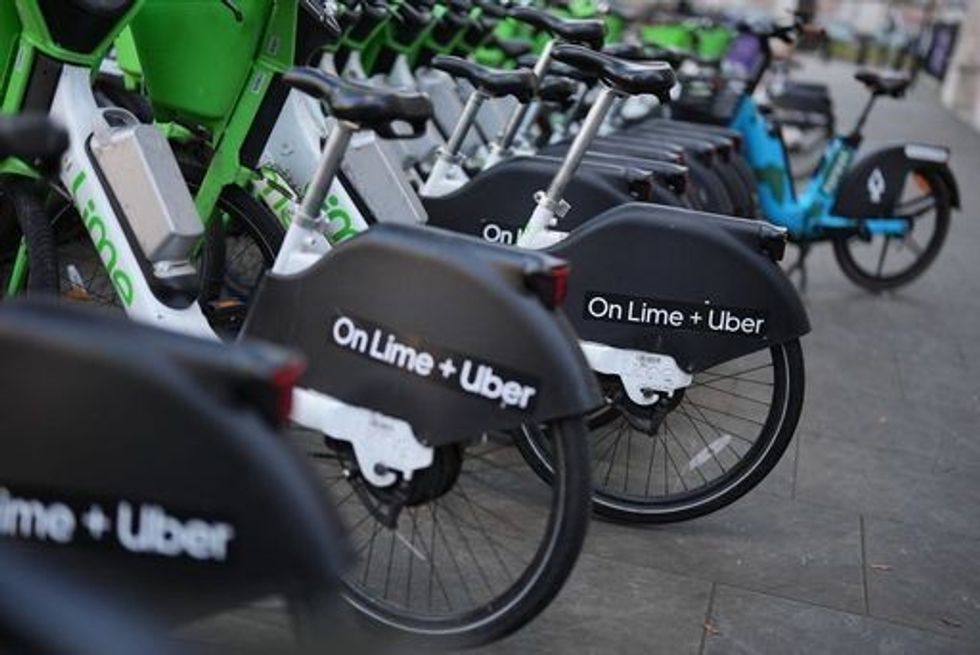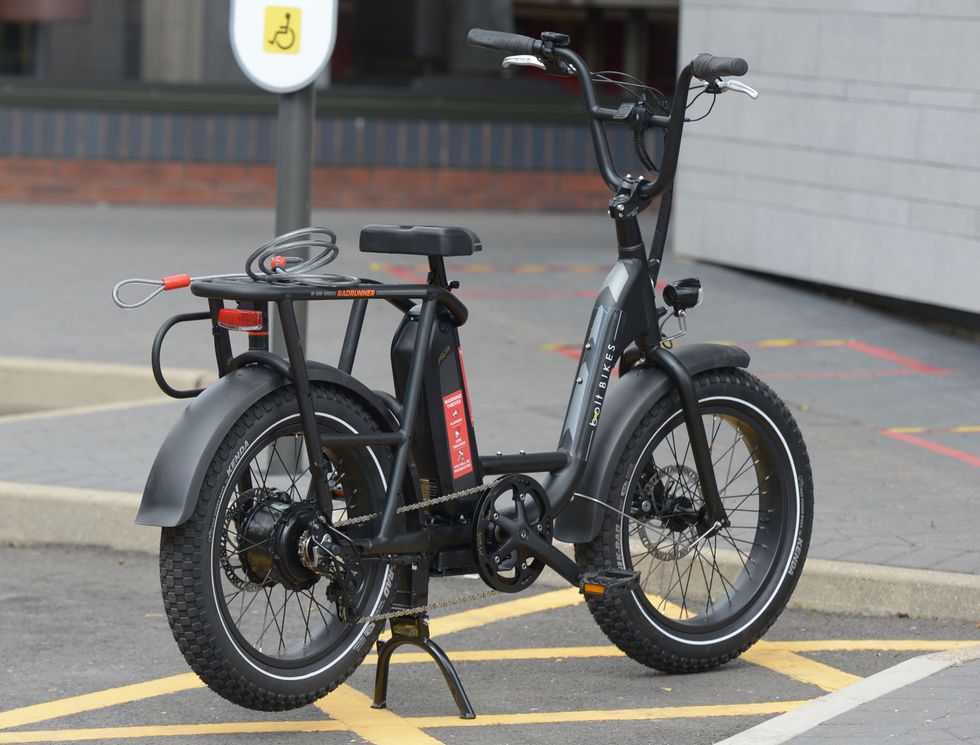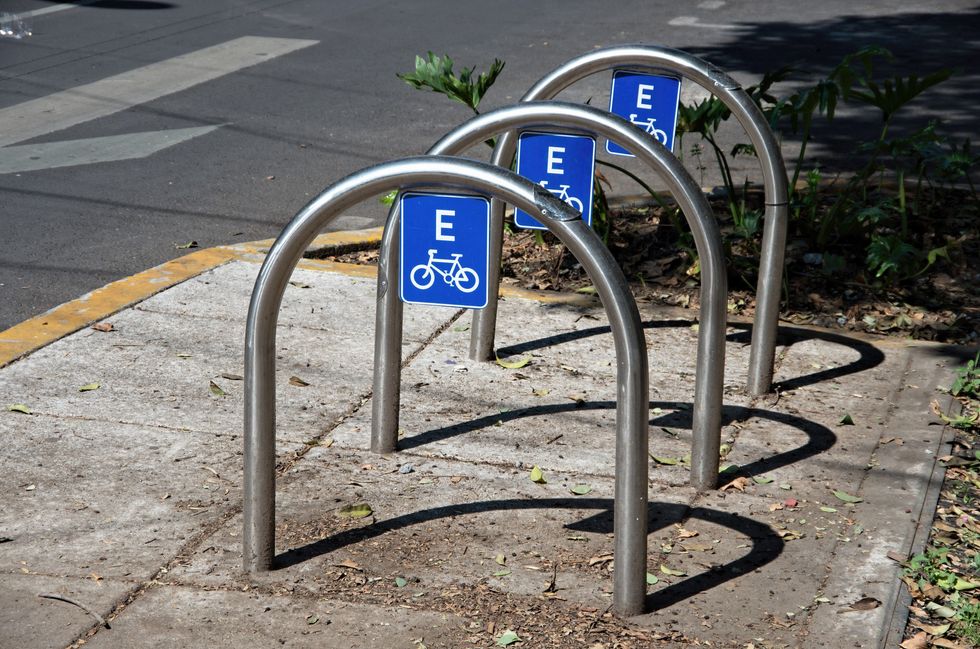Three in five e-bike riders at risk of UK road collisions as thousands break traffic rules

E-bikers are more likely to break traffic rules on the weekend
Don't Miss
Most Read
Three out of five Britons have been found breaching road safety rules by failing to wear a helmet while on an e-bike, with experts warning of a safety epidemic spreading across the UK.
It comes after reports revealed that more e-bike riders have been caught not wearing a helmet, as well as riding through red lights, risking collisions with vehicles.
The research highlights how the rapid growth of e-bike usage across UK cities is outpacing safety frameworks, leaving insurers and motorists to absorb the consequences.
The situation worsens on weekends, when helmet usage drops to just 14 per cent among e-bike riders who would be more likely to be involved in an incident.
Do you have a story you'd like to share? Get in touch by emailing motoring@gbnews.uk

Only two in five e-bike riders wear helmets while travelling on UK roads
|PA
The paper warned that more e-bike riders have been found travelling faster and further on heavier vehicles, often without adequate safety measures, training or regulation.
Demand for e-biking has accelerated dramatically, with online searches up 70 per cent in the second quarter compared to the first quarter of this year.
Lime, a major e-bike provider, has reported an 85 per cent increase in total journeys in 2024, indicating the scale of this transport revolution.
This surge in popularity typically intensifies after the clock change, when longer daylight hours encourage more riders to take to the streets, experts explained.
 The popularity of e-bikes and e-scooters has surged in recent years | PA
The popularity of e-bikes and e-scooters has surged in recent years | PAHowever, this rapid growth brings with it increased exposure to new, unregulated forms of risk on UK roads. The white paper also suggested that the current regulatory framework is struggling to keep pace with the rapid adoption of this transport mode.
Despite steering more towards mopeds in weight and speed than traditional bicycles, e-bikes remain unregistered and untraceable on UK roads.
Particularly concerning is the safety profile of delivery riders, 80 per cent of whom use e-bikes for their work. Only 16 per cent of these professional riders wear helmets, despite clocking between 100 and 200 miles on the road each week.
The data revealed a significant deviation from traffic compliance norms, with just 46 per cent of e-bike users stopping at red lights, compared to 64 per cent of traditional cyclists.
LATEST DEVELOPMENTS:
- Labour 'cannot deliver net zero and air quality' goals under current plans as HGV pollution disrupts progress
- Motorists warned to expect huge delays this weekend as major routes including M25 face congestion
- Drivers may need to meet new emission rules ahead of petrol and diesel 2030 ban - 'Important opportunity'
In London, the figures show some variation by time of day, with 52 per cent of e-bike riders stopping at red lights during rush hour.
This drops dramatically to just 32 per cent outside of rush hour periods. The risk profile intensifies for non-helmet wearers, who are nearly twice as likely to run red lights.
These trends represent not only a road safety concern but could be rewriting the risks covered by motor and liability insurance products.
"We're seeing a major disconnect and flying blind at the moment," said Sarah Vaughan, Founder and Director of Angelica Solutions. "There is no systematic collection of data on e-bike collisions, meaning we can't quantify the scale of risk or respond effectively."

More e-bike riders have been breaching red traffic lights
| GETTYVaughan emphasised that one of the simplest steps to take would be to start capturing consistent, detailed data on e-bikes involved in collisions. "Without this, we're asking both policy and insurance systems to evolve without the right intel," she added.
The research highlighted that 90 per cent of serious cycling collisions involve another vehicle, and in many cases, drivers are left carrying the liability burden due to the absence of traceable rider data.
She shared: "More collaboration is needed across sectors to adapt to this changing landscape, including the introduction of minimum safety standards, clarity on liability frameworks, and data-driven insurance products that reflect emerging mobility trends.
"This isn't about pushing back against innovation. It's about gathering evidence to make smarter choices and making sure new transport behaviours don't outpace the systems designed to manage their risks. If we don't act now, the cost won't just be financial, it will be measured in lives."










